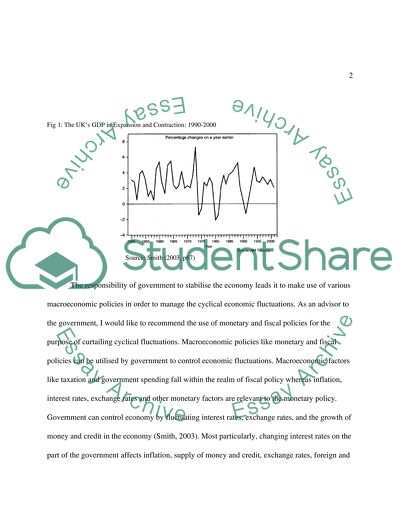Cite this document
(“Economics Essay Example | Topics and Well Written Essays - 1000 words - 5”, n.d.)
Economics Essay Example | Topics and Well Written Essays - 1000 words - 5. Retrieved from https://studentshare.org/miscellaneous/1539628-economics
Economics Essay Example | Topics and Well Written Essays - 1000 words - 5. Retrieved from https://studentshare.org/miscellaneous/1539628-economics
(Economics Essay Example | Topics and Well Written Essays - 1000 Words - 5)
Economics Essay Example | Topics and Well Written Essays - 1000 Words - 5. https://studentshare.org/miscellaneous/1539628-economics.
Economics Essay Example | Topics and Well Written Essays - 1000 Words - 5. https://studentshare.org/miscellaneous/1539628-economics.
“Economics Essay Example | Topics and Well Written Essays - 1000 Words - 5”, n.d. https://studentshare.org/miscellaneous/1539628-economics.


